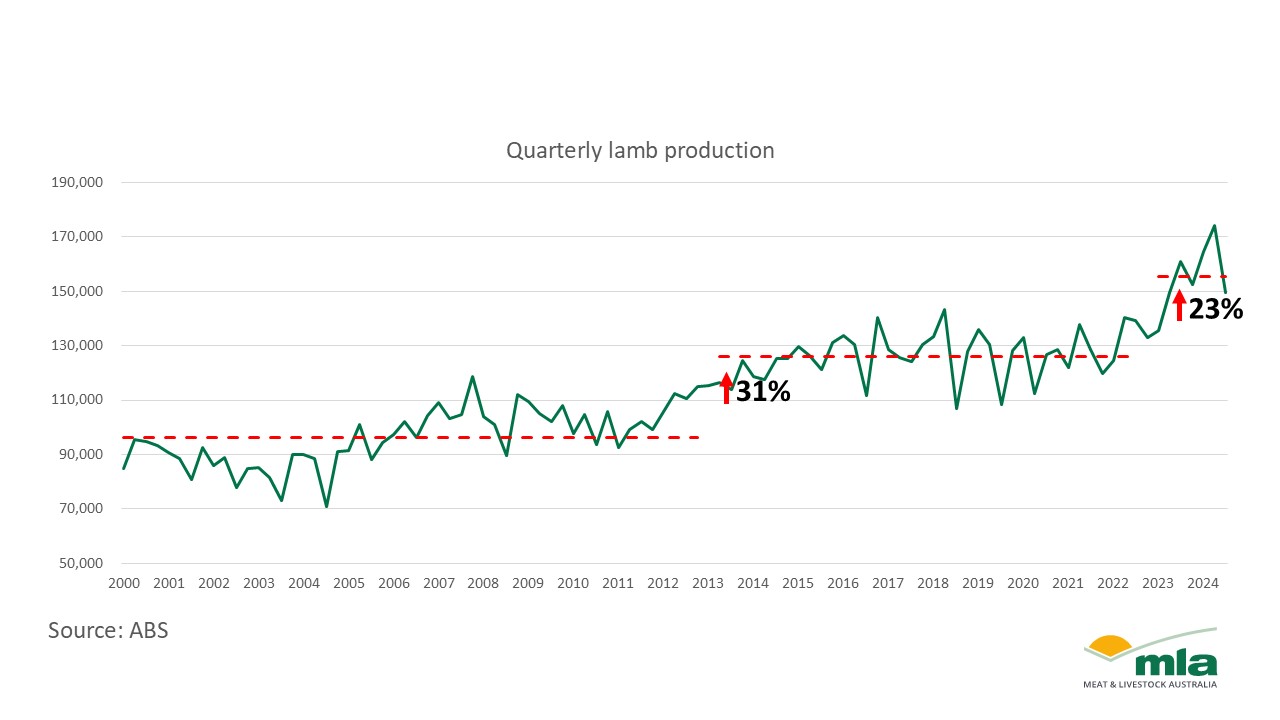Astronomers Observe Magnetic Field Around Young Star for the First Time

Astronomers have observed the magnetic field around a young star, impacting our understanding of planet formation. The findings came from measuring dust alignment in the protoplanetary disk of HD 142527.
For the first time, astronomers have succeeded in observing the magnetic field around a young star where planets are thought to be forming. The research team, led bySatoshi Ohashi from the National Astronomical Observatory of Japan, utilised dust to measure the three-dimensional structure "fingerprint" of the magnetic field. This groundbreaking discovery will enhance our understanding of planet formation.
Planets form in turbulent disks of gas and dust called protoplanetary disks surrounding young stars. The initial step in planet formation involves dust grains colliding and sticking together. The movement of these dust grains is affected by various forces, including magnetism. Hence, comprehending magnetic fields is crucial to understanding planet formation. However, measuring the magnetic fields in a protoplanetary disk had previously been unfeasible.
In this study, the team used the Atacama Large Millimeter/Submillimeter Array (ALMA) to observe the protoplanetary disk around a young star named HD 142527, located 512 light-years away in the constellation Lupus. They discovered that the dust grains aligned with the magnetic field lines, allowing them to detect and measure these invisible magnetic field lines—similar to how iron filings reveal the magnetic field around a magnet. The collected data suggests that the measured three-dimensional structure could create significant turbulence within the protoplanetary disk.
With this new method of detecting a young star's magnetic fingerprint proving effective, the research team aims to apply it to additional stars and attempt to measure the magnetic field closer to the star to gain further insights into the magnetic conditions where planets are forming.













)
)




